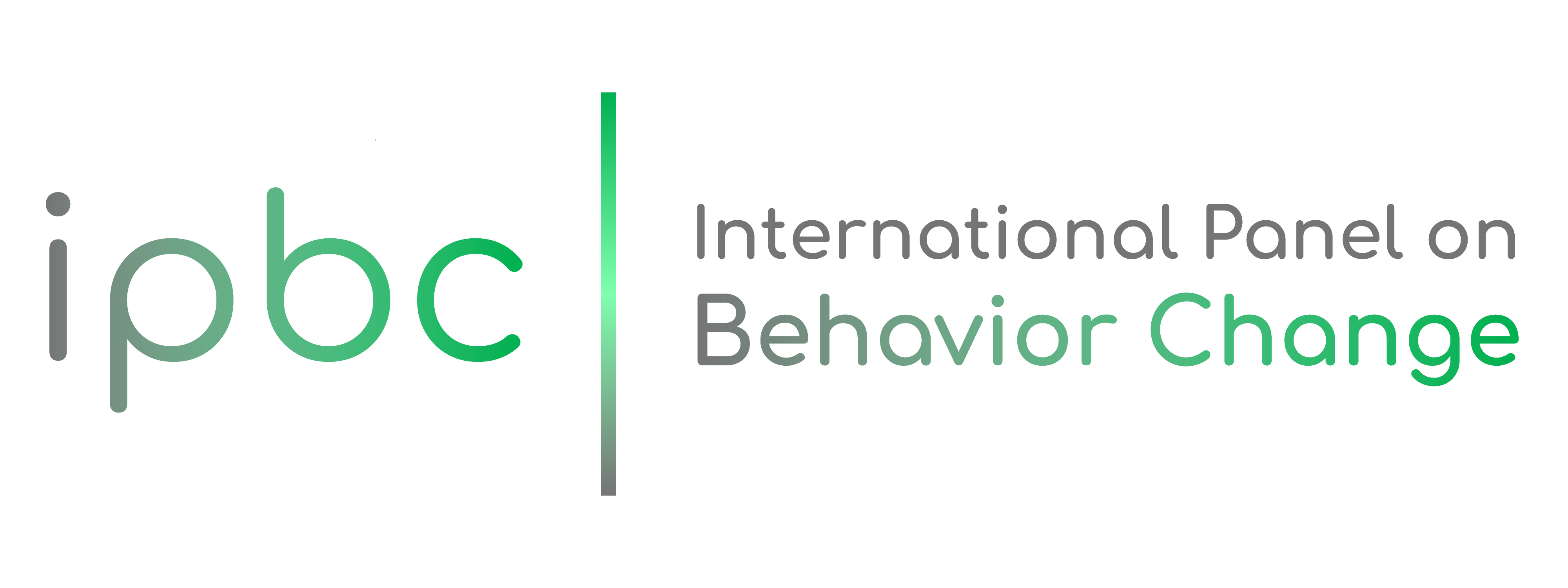Working Group 2 (WG2)
FIRST ANALYSIS of WG1 (scientists)
on WG2' CONTRIBUTION (Economic Actors)
Drivers of change and non-change in management: towards the integration of the human factor.
(Scientific Coordinator IPBC)
Behavioral sciences tell us that the brain is a lazy organ and they also tell us that for each type of effort, sector or activity, the drivers and barriers of daily life to change vary because they are linked to different interests, abilities and desires. Becoming a vegetarian is very different from changing a company’s values or its operational processes! However, we are also beginning to understand that fundamental cognitive and emotional brakes are often transversal for many sectors.
In 2020, 7 members of IPBC’s working group 2 (private firms) participated in a series of 5 working sessions on the following theme: which factors of change and non-change play a role in the integration – or not – of the human factor in the daily operations and management of private companies? What were their main concerns and hopes in relation to this issue? We analyzed the phrases, concerns and interests of the participants and analyzed them from a behavioral research perspective. To sum up, our participants raises several deep questions around the following issues:
Methods for integrating the HF:
– Pedagogy. Research tends to show that the most effective pedagogy is aimed at developing skills (such as role play and environmental education) rather than at the acquisition of abstract information and knowledge.
– Sharing good practices and exemplarity: requires an internal institutional culture of experimentation.
– Constraints may be effective but may also have potential negative reactions.
Obstacles linked to managerial models and practices:
– Organizational structure: obstacles to the development of cross-functional processes and modes of operation, including a culture of experimentation – or its absence. A key factor is the ability to coordinate complex strategies, with different criteria, especially when they bring together different, sometimes contradictory, values.
– Well-being in the work environment must be taken into account: well being refers to self-knowledge, empathy, connection with one’s emotions and doubts – emotional intelligence – as part of business transformation. These subjective considerations are essential and have been measured in some analyzes.
– Lack of indicators: how to measure whether a HF or CSR objective has been achieved, to what extent and with what quality and how? With what types of quantifiable and quality criteria?
Towards integrated multi-method strategies
The emerging trend in recent years in research and transitional measures is to deploy a strategy that combines information, incentives and material and structural constraints in the most intelligent way possible. Thus, a constraint works best if it is accompanied by an alternative solution and multiple benefits with information and awareness campaigns. For companies, this requires coordinating the production process with management, or even upstream: training and education of managers.
The next step
Our next step will be to administer an Internet survey to the executives of the partner firms in order to test our generalizable results and contribute to a better integration of HE into daily professional life.
